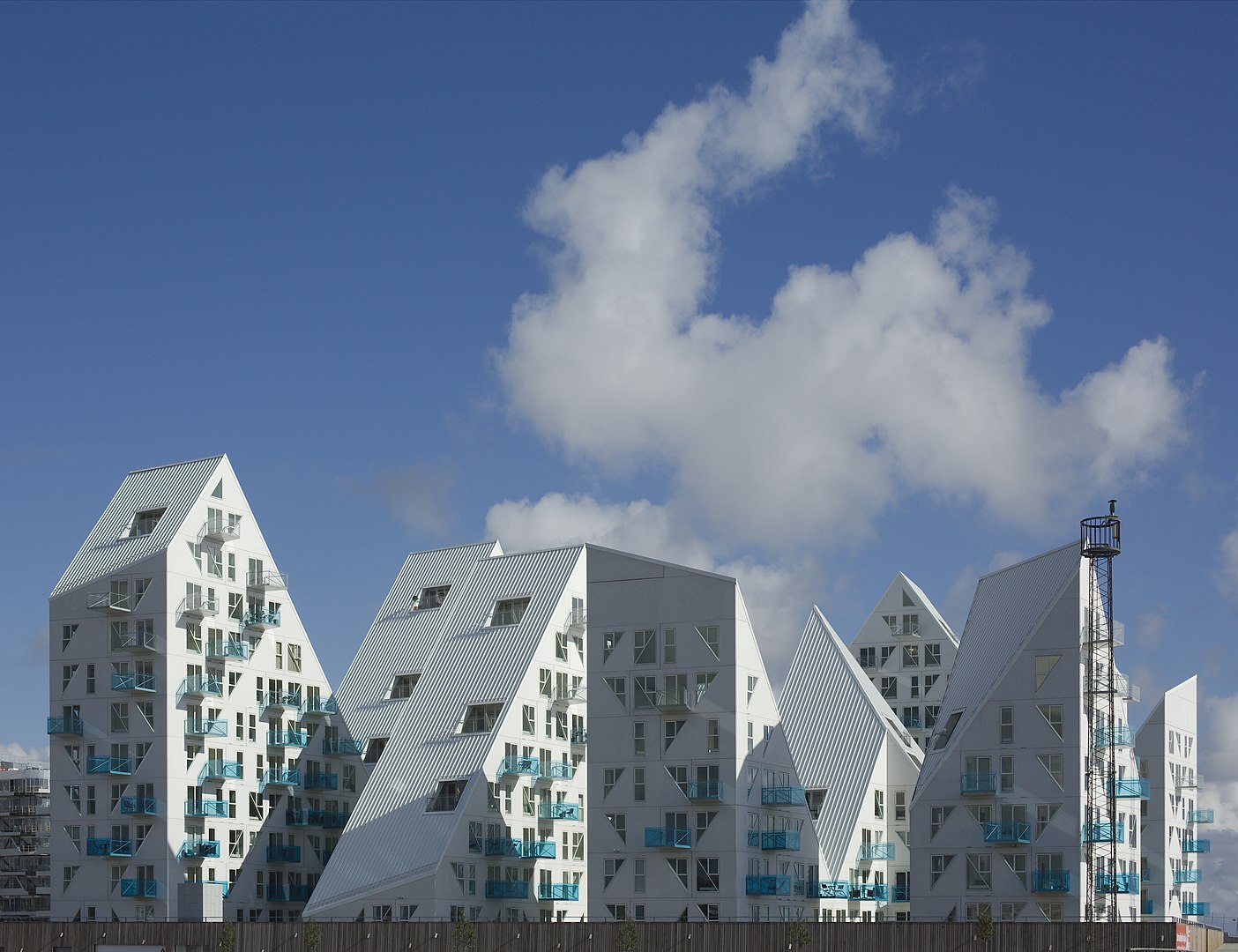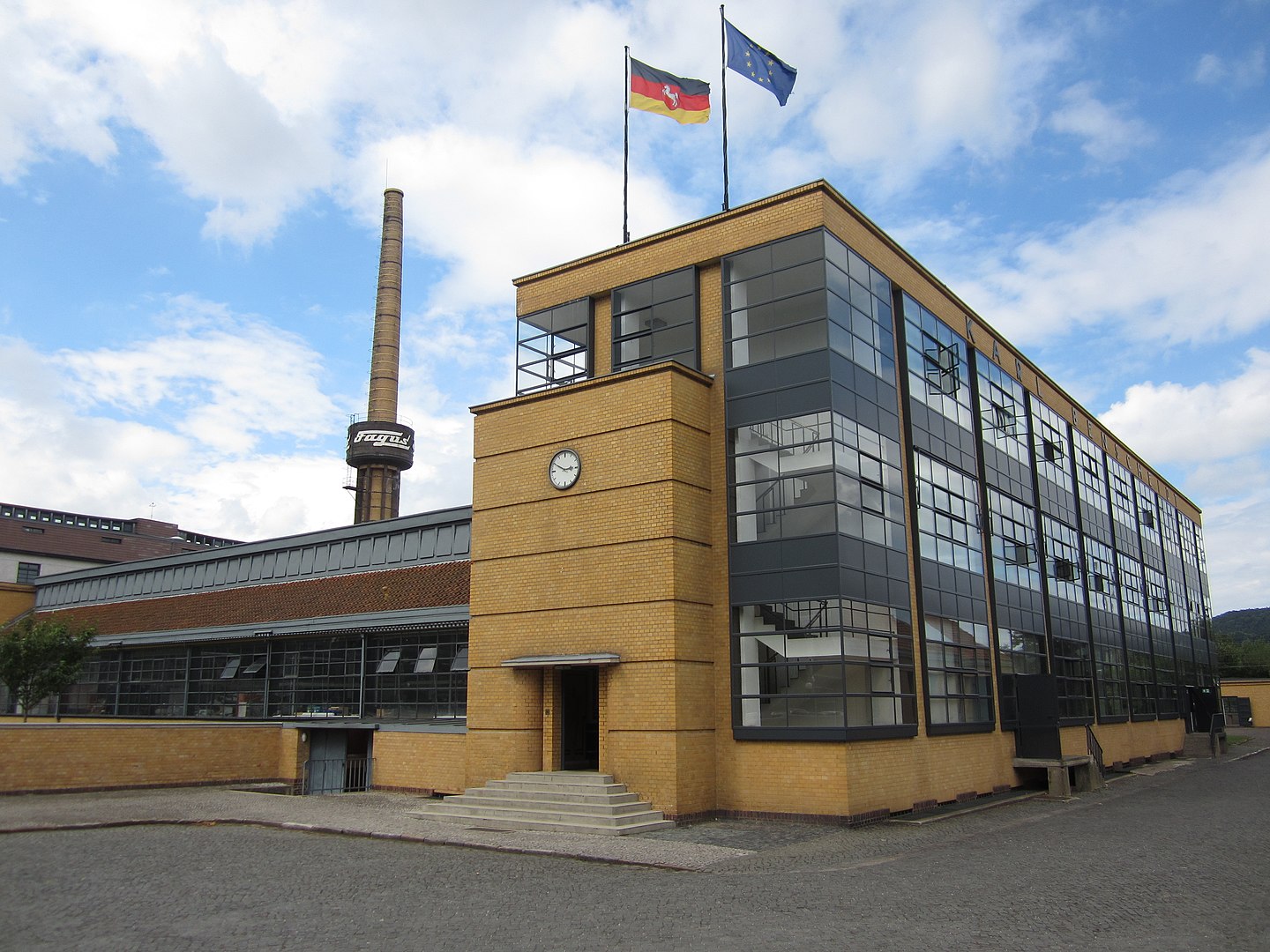
Early Modern Architecture
The Fagus Factory
Alfeld, Germany, 1911
Continuing from the previous overview of architectural history, here’s a look at Modernism, Postmodernism, and contemporary architecture:
Modernism (Late 19th century – mid-20th century)
Modernist architecture emerged as a reaction to the ornate styles of the 19th century and the new possibilities brought about by industrial materials such as steel, glass, and concrete. It is characterized by minimalism, a lack of ornamentation, and a focus on functionality. Architects like Le Corbusier, Ludwig Mies van der Rohe, and Frank Lloyd Wright were pioneers of this movement. Their designs featured clean lines, open spaces, and innovative structures that emphasized form following function. Notable examples include the Villa Savoye by Le Corbusier in France and the Bauhaus School in Germany.Postmodernism (Late 20th century)
Emerging in the late 20th century, postmodern architecture was a response to the perceived blandness and impersonality of modernist architecture. It reintroduces ornamentation, color, and historical references, often in a whimsical or ironic manner. Architects such as Robert Venturi, Michael Graves, and Philip Johnson are key figures in this movement. Postmodern buildings often mix different styles and elements, sometimes playfully, to create eclectic and unique designs. Notable examples include the Portland Building in Oregon by Michael Graves and the Piazza d’Italia in New Orleans by Charles Moore.Architecture Today (21st century)
Contemporary architecture is incredibly diverse, incorporating advances in technology, sustainability, and materials. Current trends include the increased use of green technologies and sustainable materials, digital design and fabrication techniques, and a focus on urban and environmental integration. Architects like Zaha Hadid, Norman Foster, and Frank Gehry have pushed the boundaries of architectural design with innovative forms and the use of new technologies. Notable projects include the Guggenheim Museum in Bilbao by Frank Gehry and the Burj Khalifa in Dubai by Adrian Smith. Moreover, there is a growing emphasis on smart cities, energy efficiency, and adaptive reuse of old buildings to meet today’s needs without compromising the ability of future generations to meet their own.Architecture today continues to evolve, reflecting and adapting to the changing needs of society, with a strong emphasis on sustainability and technology integration.
Expressionist Architecture
The Einstein Tower
Potsdam, Near Berlin, Germany
1919
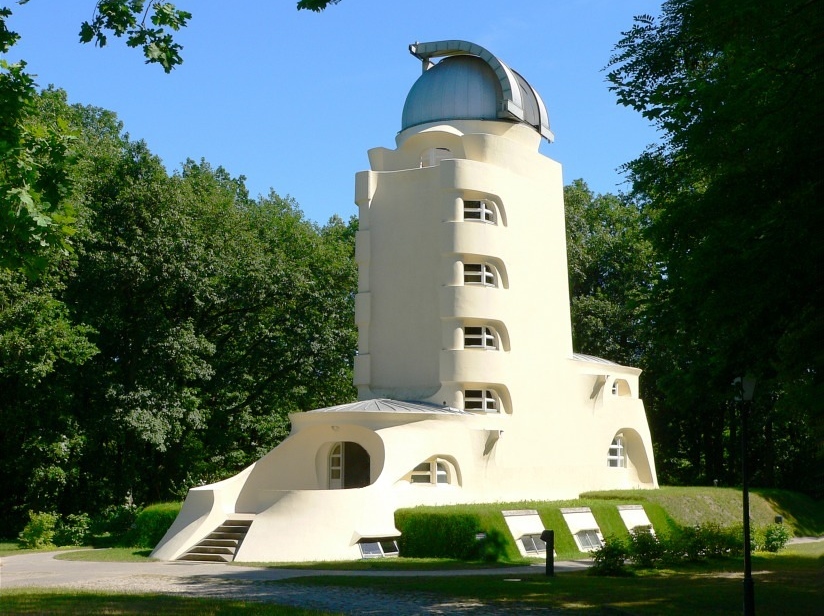
Art Deco Architecture
The Theatre des Champs-Élisées
Paris, 1910
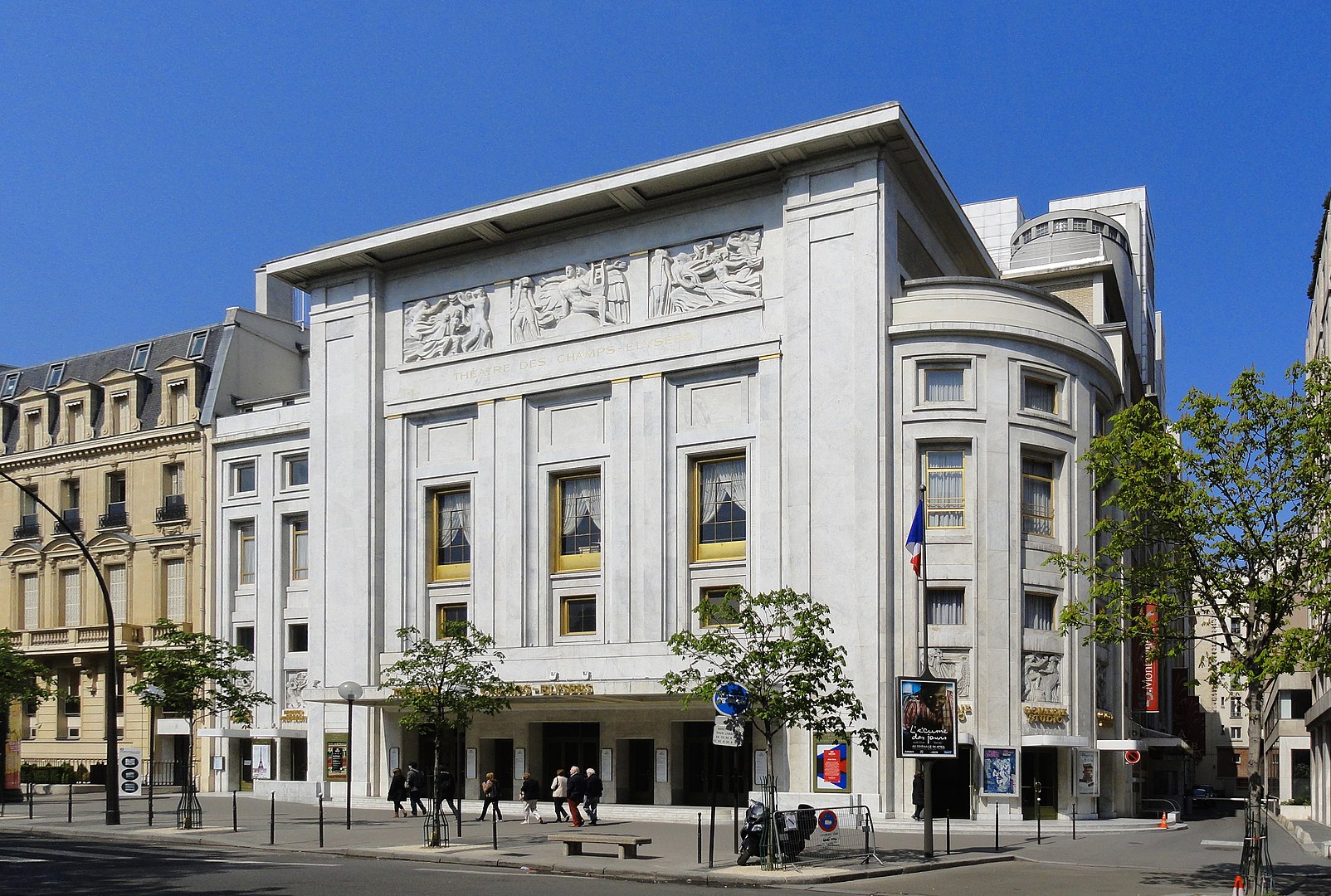
International Style
The Glaspaleis
Heerlen, The Netherlands, 1934
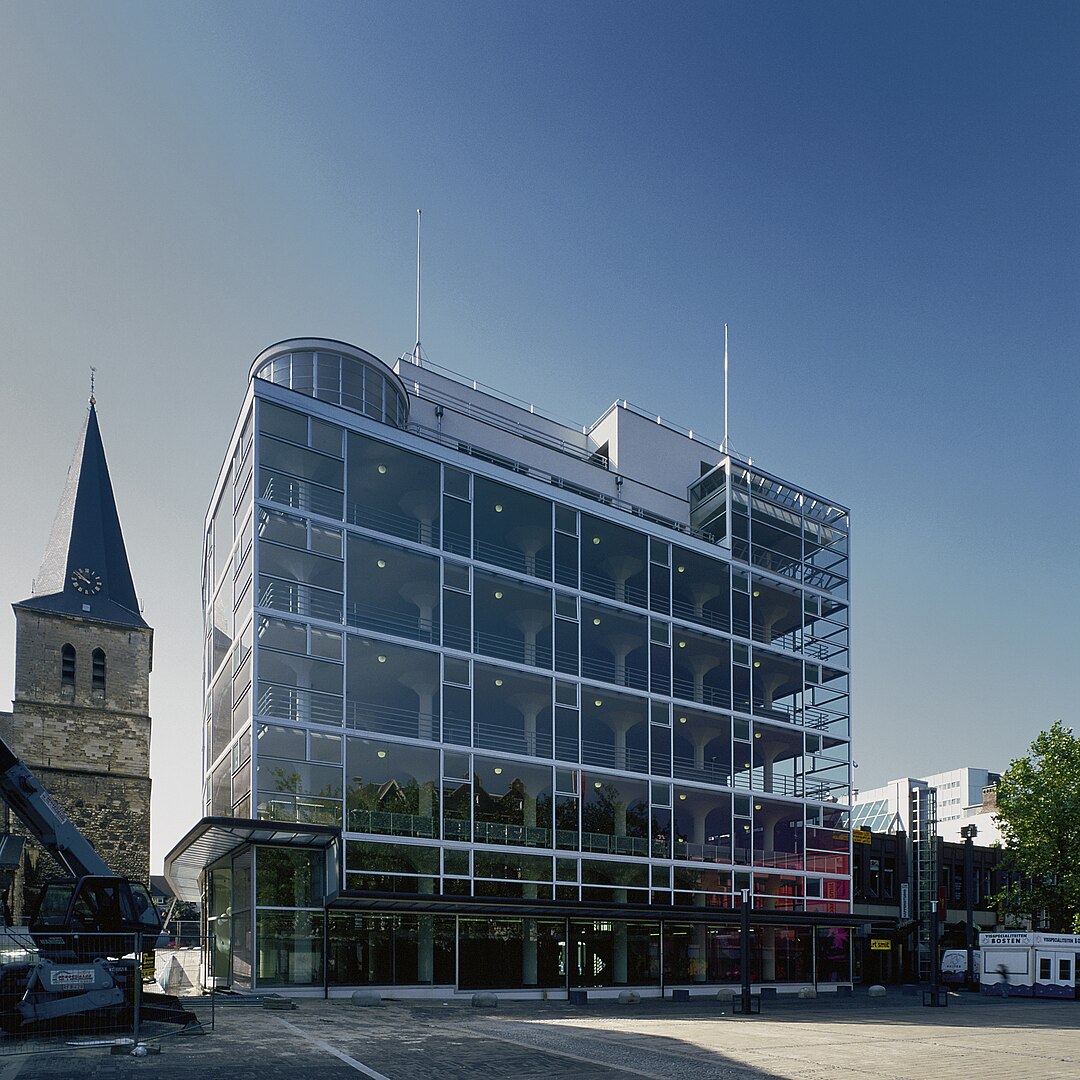
Piazza d’Iitalia
New Orleans, US, 1978
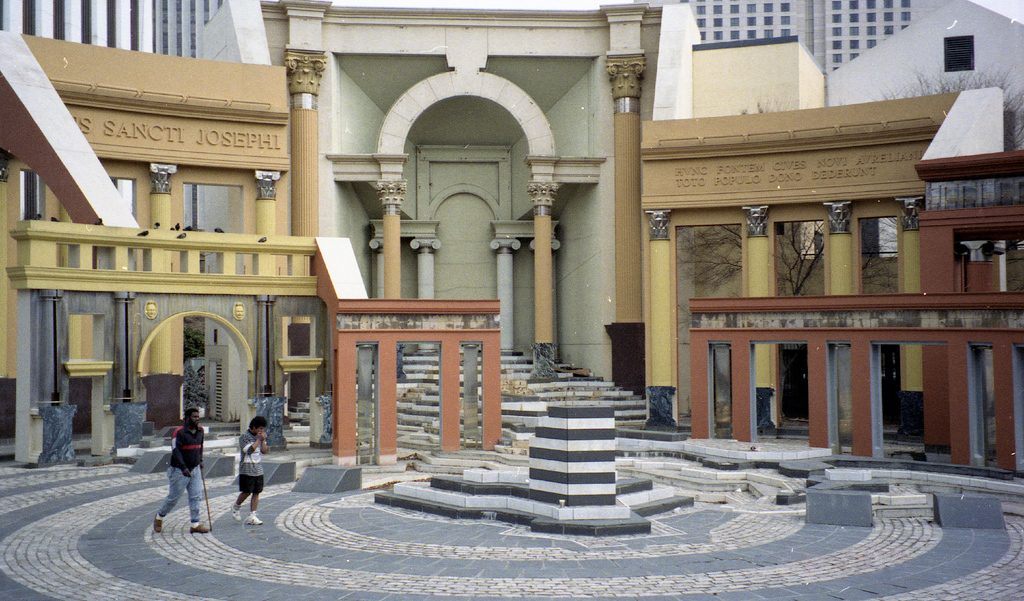
Team Disney Building
Los Angeles, US 1990
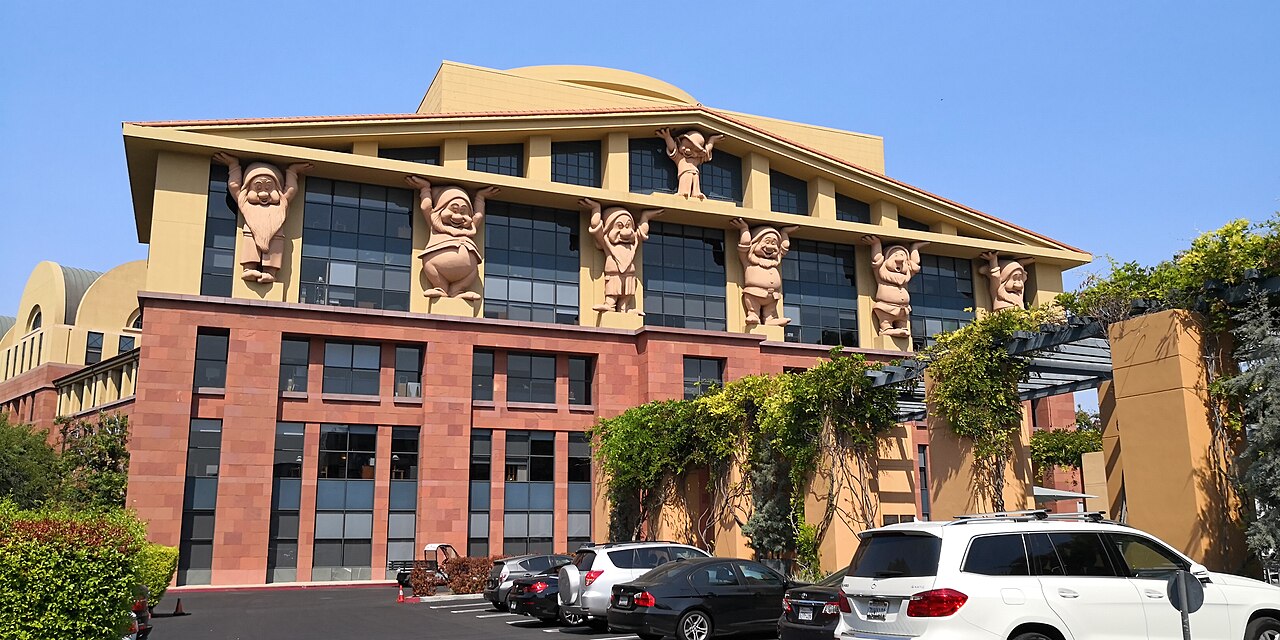
Multicolour Interior of
the Cambridge Judge Business School
Cambridge, The UK 1995
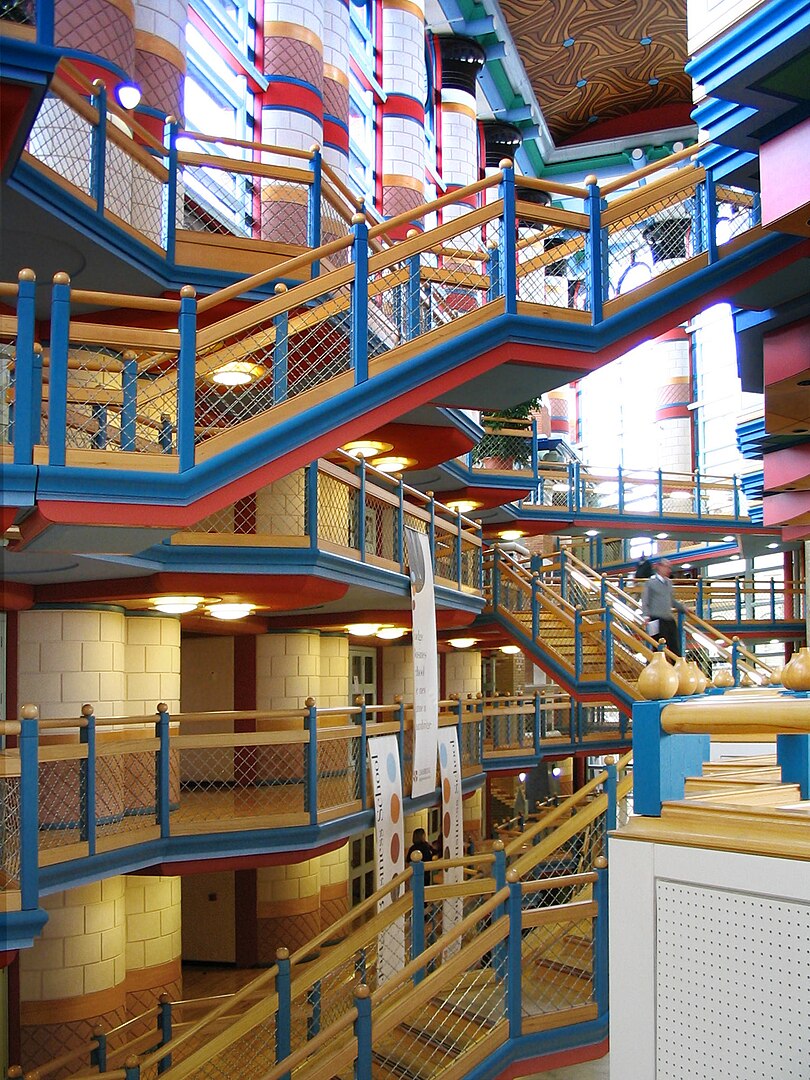
The Dancing House
Prague Czech Republic, 1996
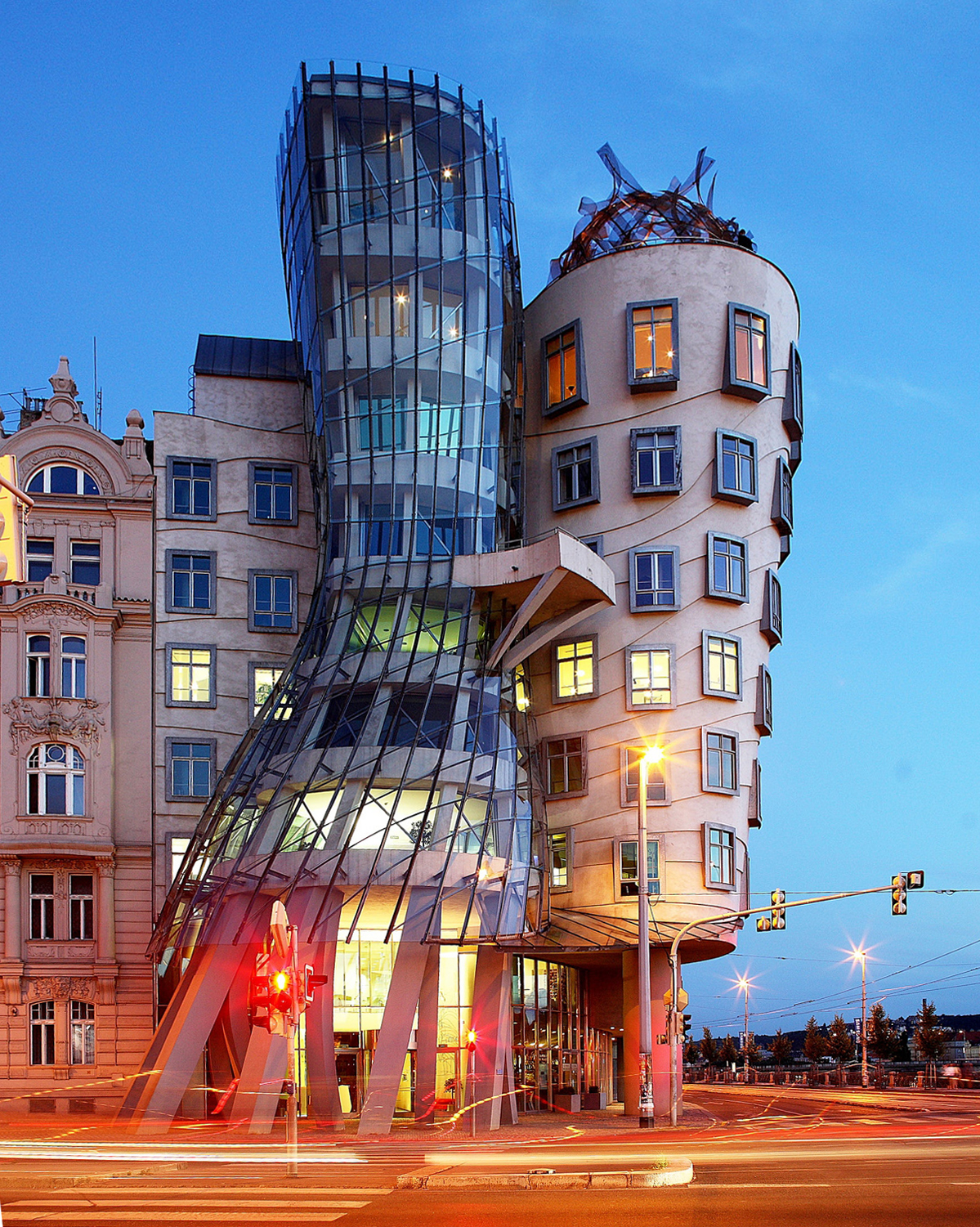
The Meadows Museum
Dallas, Texas 2001
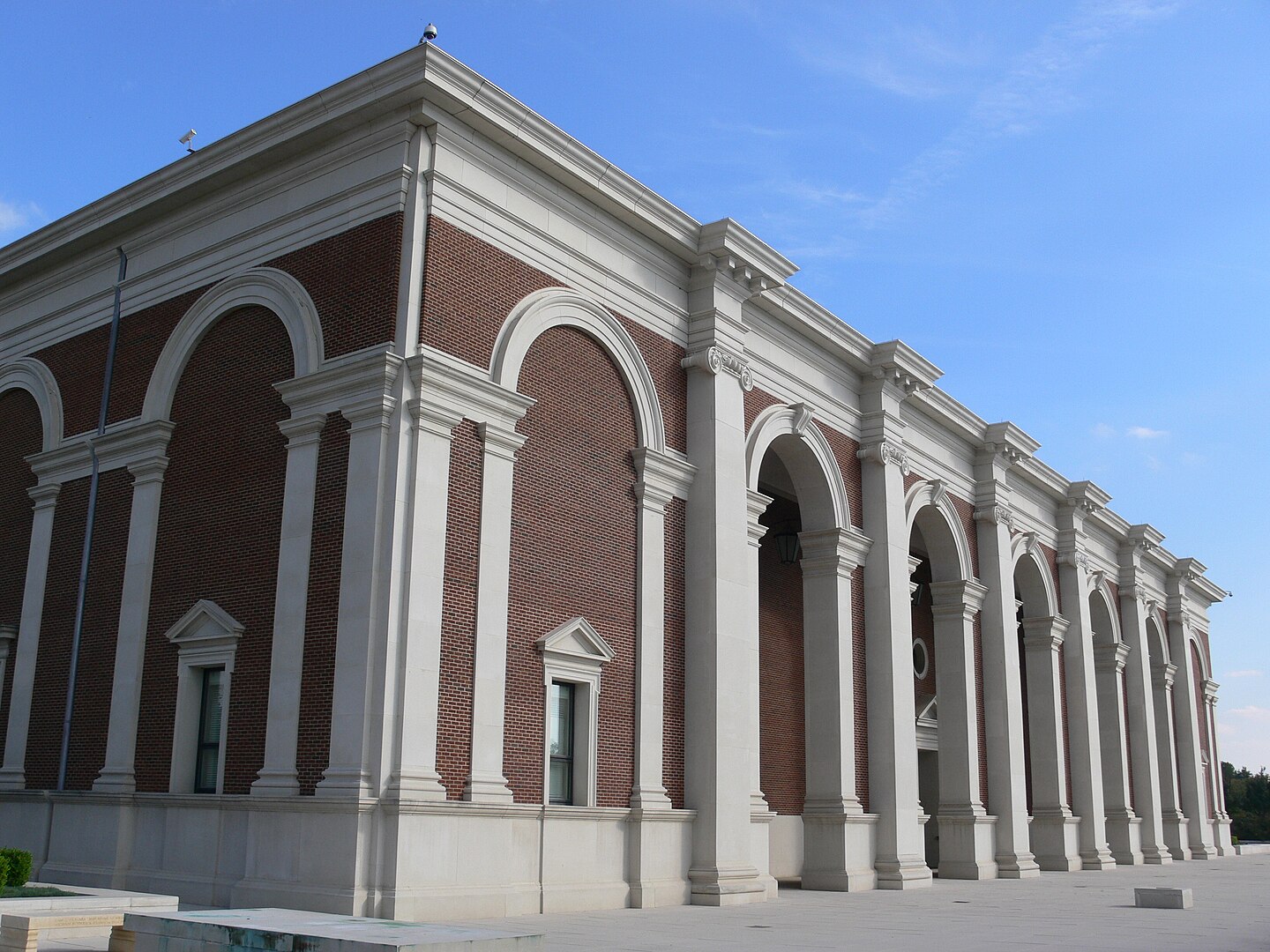
The Beijing National Stadium
Beijing, China, 2003
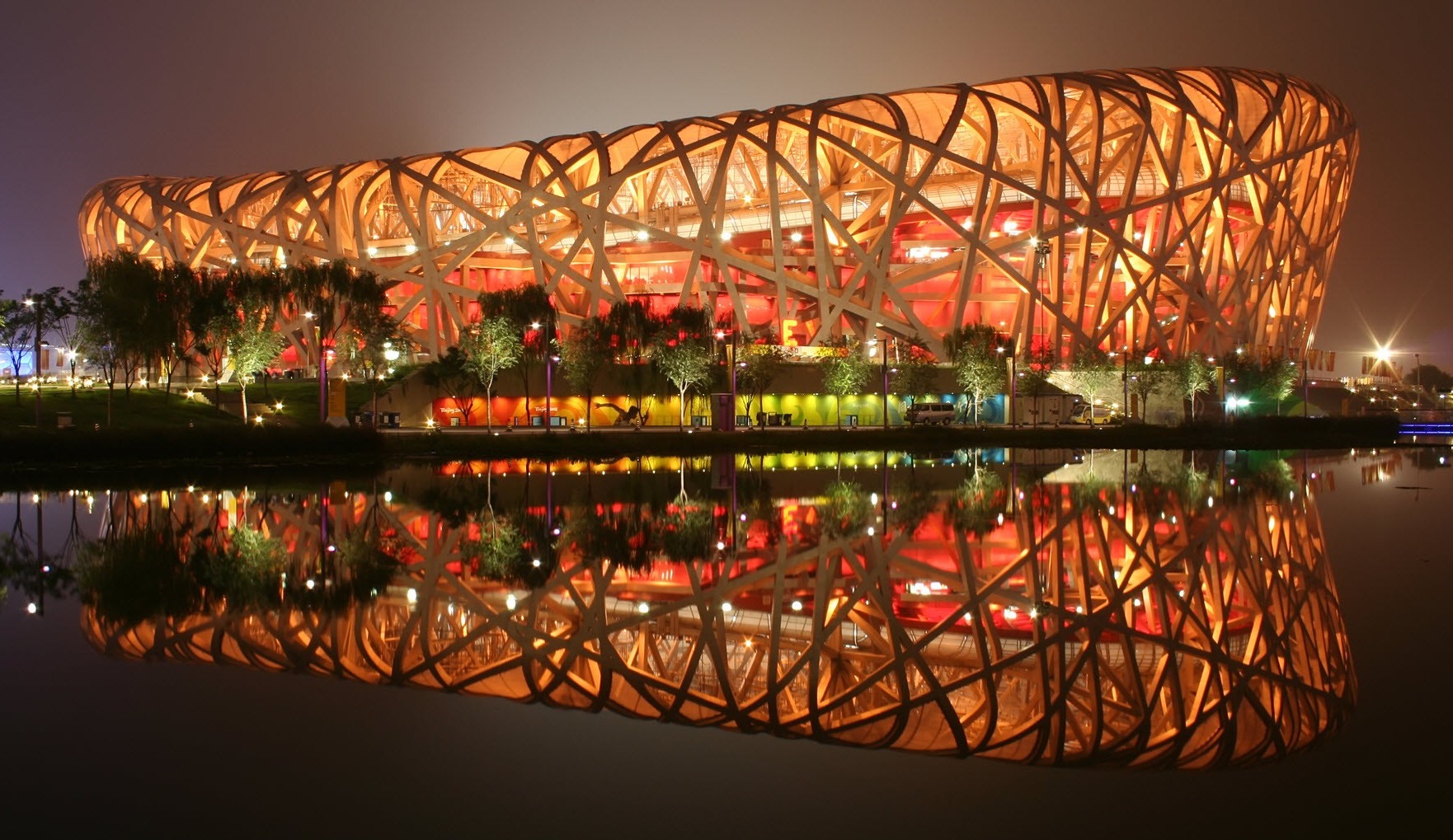
The Library and Learning Centre of the University of Vienna
Vienna, Austria, 2008

The Isjerget Housing Project
Aarhus, Denmark
2013
